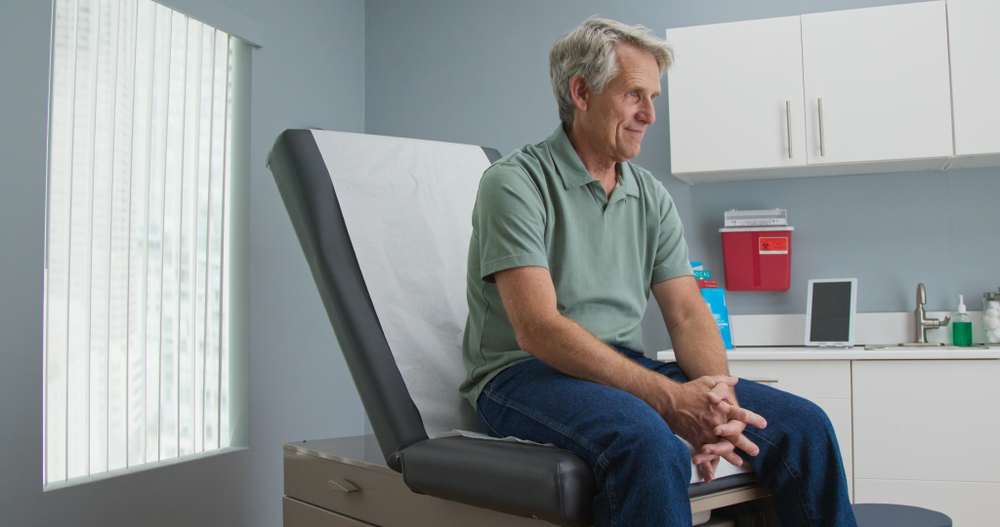Disclaimer: This blog article was written by an AdvancedMD partner. The views and opinions expressed in this article are those of the author(s) and do not necessarily reflect the official policy or position of AdvancedMD.

According to the National Institute on Aging, 85% of seniors have at least one chronic health condition, and 60% have at least two chronic health conditions. Many older adults face significant challenges managing their health due to gaps in care that hinder the timely treatment of escalating conditions and deter overall patient engagement. AI-enabled Remote Patient Monitoring (RPM) can help close those gaps by expanding access to care, providing stronger insights into barriers that negatively impact patients’ health, enhancing patient-provider communication and increasing patient engagement.
In addition, AI-enabled RPM can help enable better management of chronic health conditions through the daily monitoring of patients’ vitals, such as blood pressure, blood sugar, weight, and oxygen levels, from the patient’s own home. Using Wi-Fi, this health information is securely transmitted to the patient’s healthcare provider, alerting them if any of the readings are outside of the parameters set forth by the practitioner. If necessary, the healthcare provider can intervene with immediate changes in care, medication, or dosage.
To ensure compliance with an AI-enabled RPM, a virtual health assistant sends SMS text alerts to patients reminding them to take their readings. This empowers patients and physicians to quickly address emerging or escalating healthcare needs remotely in between scheduled office visits. Best of all, it results in higher retention, more engaged patients, fewer ER visits and hospitalizations, and better health outcomes.
The following are 4 ways AI-enabled RPM can help providers close gaps in patient care:
- Increases Access to Care – Many patients living in rural areas or lower-income communities have difficulty finding transportation or have barriers that hinder them from attending regular medical appointments. This is where AI-enabled RPM can help even out the disparities and break down barriers of time and distance, enabling patients from all communities to access quality healthcare on a regular basis from the comfort of their own homes. This proactive approach of remotely monitoring chronic conditions, such as heart disease and diabetes, leads to more timely interventions and better health outcomes.
- Delivers Better Insights into Barriers to Health – Some patients struggle privately with challenges that negatively impact their health, such as the ability to access healthy foods, remembering to take their medications as instructed, or simply not understanding how to use their medical devices properly. AI-enabled RPM can help gather and deliver stronger insights into these barriers through reminders, patient outreach, education, and support. Better equipped with this critical data, providers can use this information to help close gaps in care.
- Enhances Provider-Patient Communication and Care Coordination – The consistency and dependability of daily testing and receiving results in real time make it possible to monitor patient health regularly, in their own home, with AI-enabled RPM technology providing an unprecedented opportunity for provider-patient communication outside the traditional office setting. In addition, for practices using AdvancedMD, claims data can flow seamlessly into the practice EMR, eliminating the need to generate claims and bill Medicare while improving workflow and care coordination.
- Increases Patient Engagement – As patients begin to enjoy the benefits of AI-enabled RPM, they acknowledge that the effort they’re putting forth is making a positive difference in their health and quality of life. AI reminders and 24-hour patient support, combined with timely, as-needed interventions by their healthcare provider, inspire confidence and well-being, which increases patient engagement. Add the benefit of reduced costs and time spent at the ER or hospital, and the appeal of being proactive with AI-enabled RPM is undeniable.
Conclusion
The benefits of AI-enabled RPM are many, and the convenience of testing from home is a testament to the times and of utmost value to patients and providers alike. RPM helps to eliminate barriers of time and distance in healthcare monitoring, generating the opportunity to close gaps created by geographical location, mobility, transportation, financial, and other disparities. With improved timeliness and quality of care, increased access, higher patient engagement, and better outcomes, AI-enabled RPM is a win/win for both patients and providers.
For more information about AI-enabled RPM, visit www.100plus.com.






